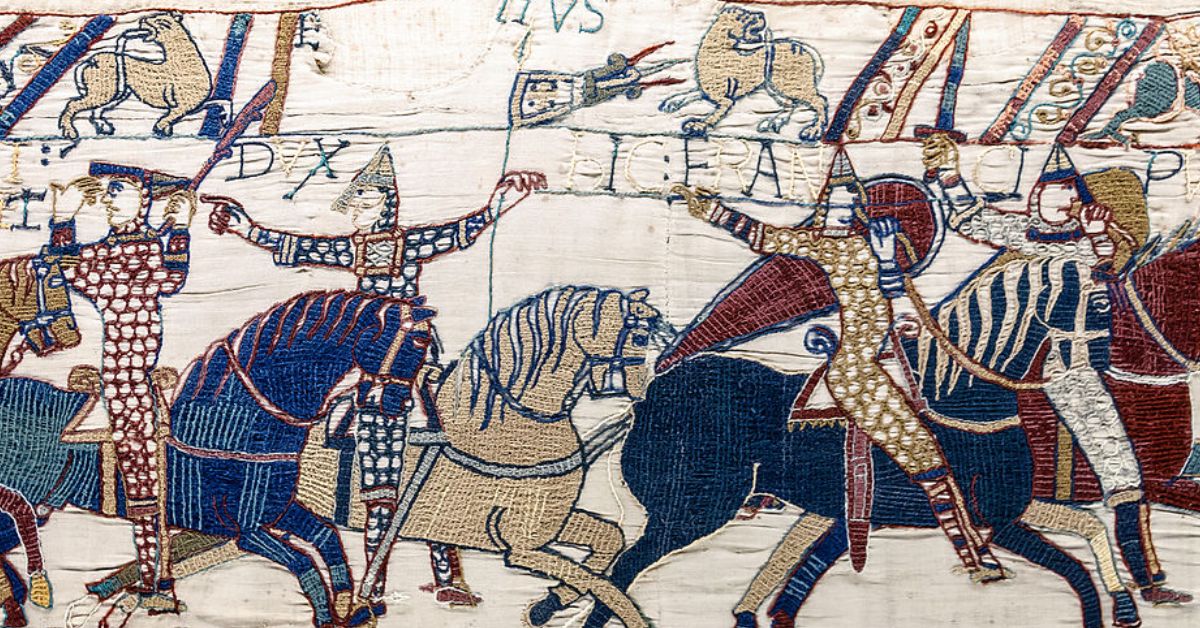
The Battle of Hastings may have lasted a day, but the Norman Conquest lasted longer. It rewrote how the country functioned at every level. The effects weren’t always violent. Sometimes, they were administrative or even cultural. As you read on, you’ll see 10 changes it came with that you probably did not know about.
French Became The Language Of Power
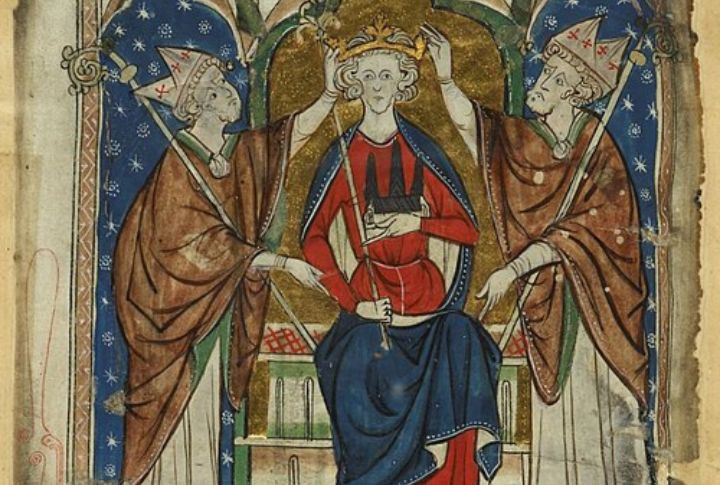
After 1066, William the Conqueror stormed into England and made Norman French the new language of power. Kings like Henry II and Edward I spoke Norman French at court, and laws were written in Norman French. English got pushed to the sidelines for three entire centuries.
Castles Sprouted Across The Countryside
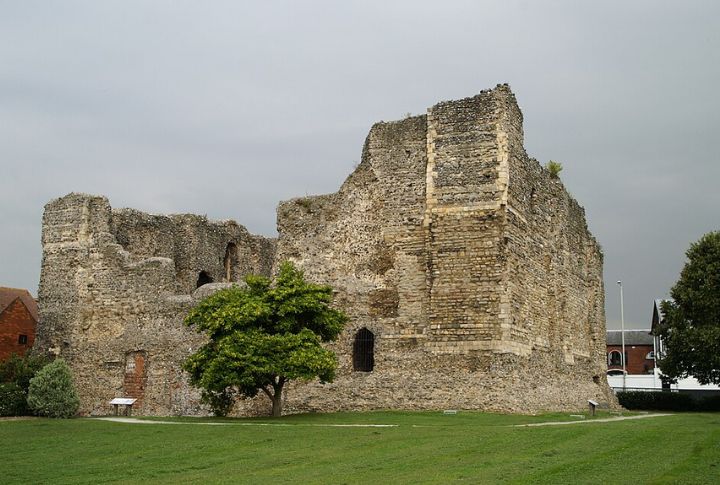
More than 500 motte-and-bailey castles covered England within decades of 1066. Each followed a simple blueprint—a wooden tower on an artificial mound, a courtyard below, and a wall circling everything. Many of these castles were built right on top of old Anglo-Saxon villages or churches.
Anglo-Saxon Nobility Was Wiped Out

Land was William’s most valuable weapon after the conquest. To secure his hold on England, he redistributed over 90% of the country’s estates to his Norman supporters. Families that had ruled England for generations were left with nothing. Their land was stripped away, and their names were omitted from official records.
Land Ownership Was Rewritten From The Ground Up
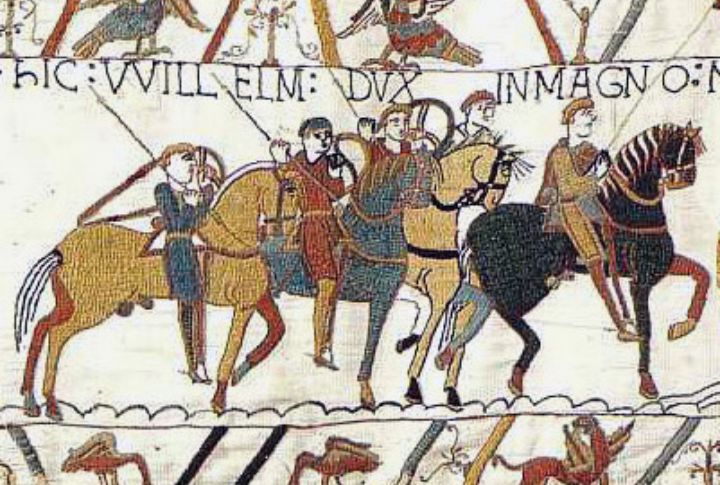
Under William’s new rule, titles and loyalty mattered more than heritage. Anglo-Saxon freemen found their status downgraded, becoming workers tied to lords they didn’t choose. They were reclassified as villeins, locked into a system that controlled their lives. However, minor clerks and knights could gain power if the king saw value in them.
The Church Became A Political Weapon
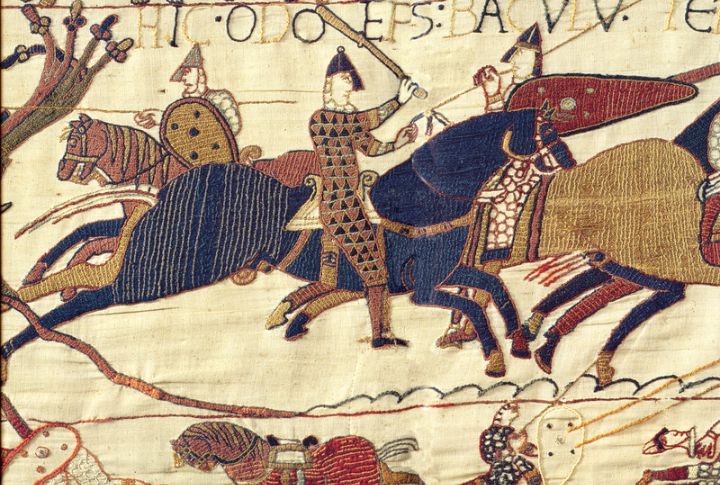
The Normans understood something big: if you control the church, you control the people. They replaced almost every Anglo-Saxon bishop with their own handpicked Norman loyalists. To make that shift visible, the Normans tore down humble English churches and rebuilt them as massive Romanesque cathedrals.
The Domesday Book Tracked Every Pig And Plow
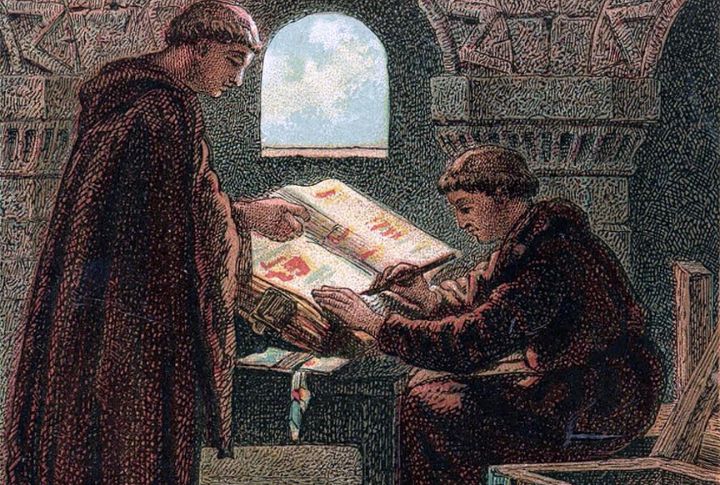
William wanted full visibility of his new kingdom. So in 1086, he commissioned the Domesday Book—a national audit that listed everything from the number of pigs in a village to the quality of local plowland. Over 13,000 places were documented. The message was clear: nothing escapes the king’s notice.
Stone Churches And Abbeys Replaced Wooden Anglo-Saxon Ones
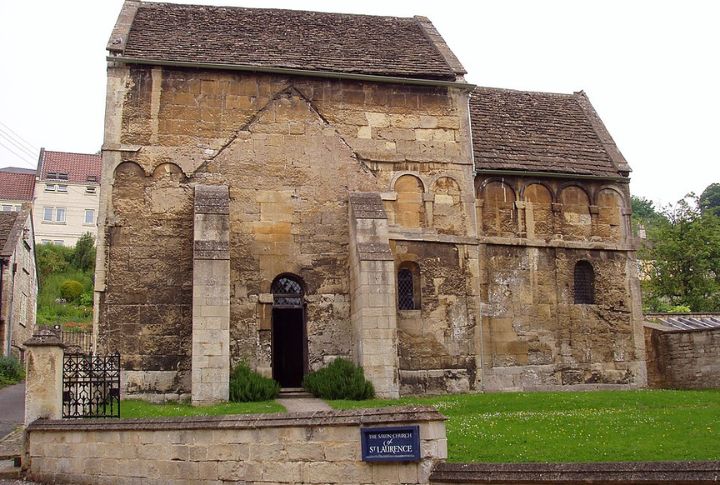
The Normans viewed England’s wooden churches as weak and outdated, so they replaced them with large stone cathedrals built to last. At places like Durham and Ely, the architecture was big and designed to impress. Tall arches and thick stone walls made them feel more like fortresses than places of worship.
Surnames Became A Social Norm

Before the Normans arrived, most people in England went by a single name. If you needed to be more specific, you’d mention your father’s name. It changed quickly after the conquest. The Normans introduced fixed surnames based on an individual’s occupation, place of origin, or the lord they served.
Justice Turned Harsh And Centralized
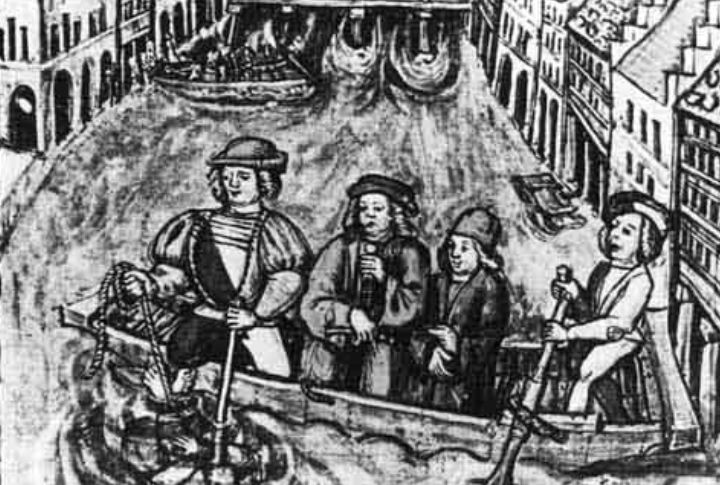
The Normans designed legal systems to prevent rebellion before it started. The Forest Laws stretched across vast areas, turning once-common activities like hunting into offenses. The Anglo-Saxon tradition of weregild (monetary compensation for offense) was largely abandoned in favor of physical punishment and public execution.
Peasant Life Became More Controlled

After 1066, the village layout changed completely. While the manor house sat at the center, every peasant’s home circled it like planets around a sun. The manorial system took over, demanding work and loyalty. Peasants could no longer legally leave the land, and generations of freedom were erased with a new layout and a new lord.

